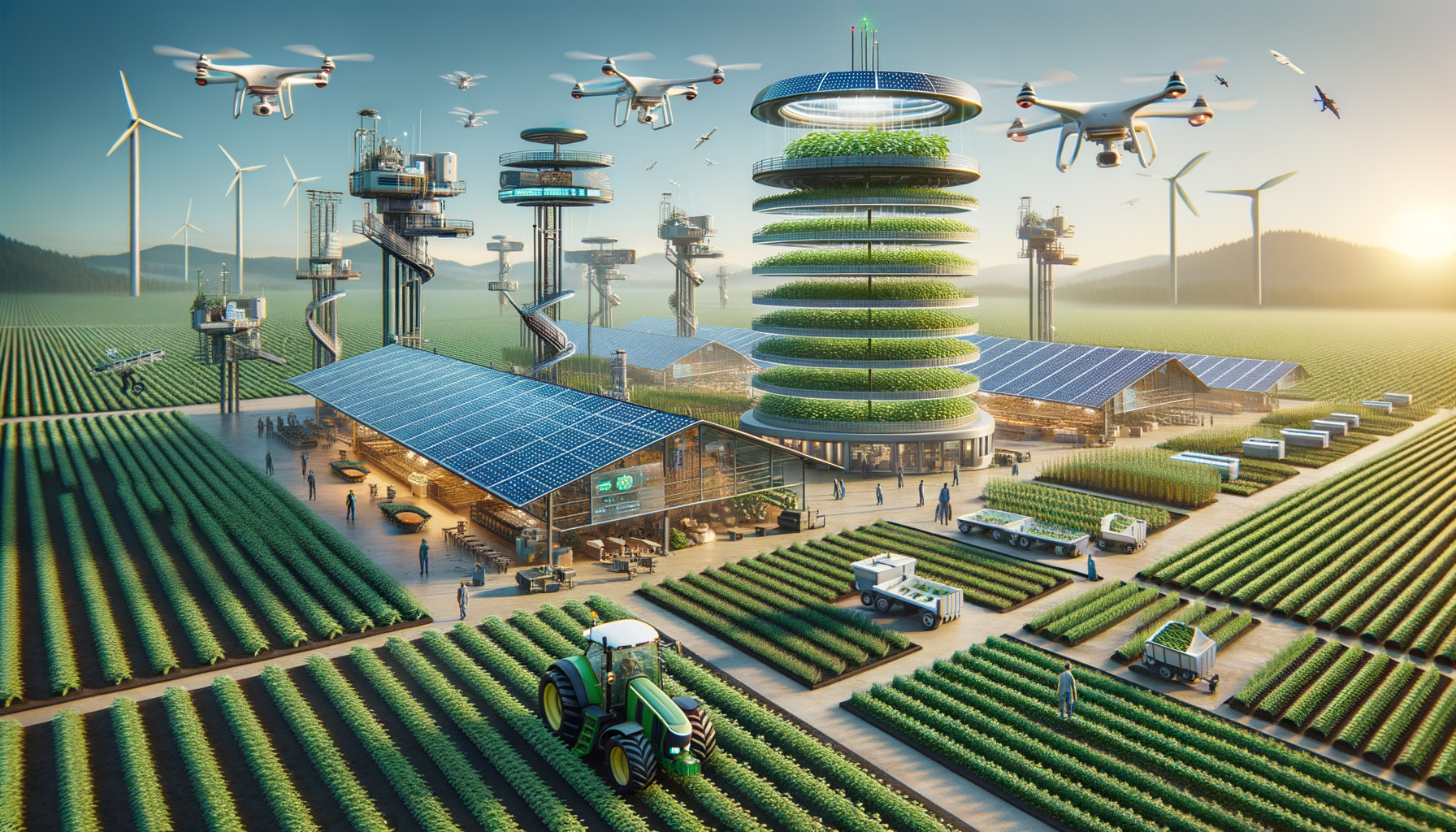Introduction to Modern Farming
Farming has always been a cornerstone of human civilization, providing the essential resources needed for survival and growth. In today’s world, the agricultural landscape is evolving rapidly, integrating advanced technologies and innovative practices to meet the demands of a growing population. This transformation is not only about increasing yield but also about ensuring sustainability and environmental responsibility. The tools and techniques shaping the future of farming are diverse, ranging from traditional methods to cutting-edge technologies, each contributing to the efficiency and sustainability of agricultural practices.
Traditional Farming Techniques
Despite the advancements in technology, traditional farming techniques remain integral to agriculture. These methods have been refined over centuries and continue to be used due to their effectiveness and sustainability. Traditional plowing, crop rotation, and organic fertilization are some of the practices that have stood the test of time. These techniques are particularly valued in small-scale and organic farming, where maintaining soil health and biodiversity is paramount.
Traditional farming techniques offer several benefits:
- Preservation of soil structure and fertility.
- Reduction in chemical inputs, promoting environmental health.
- Support for biodiversity, enhancing ecosystem resilience.
While traditional methods are often labor-intensive, they are crucial for sustainable farming practices that prioritize ecological balance and long-term productivity.
Innovative Farming Technologies
The integration of technology in farming has revolutionized agricultural practices, making them more efficient and productive. Tractors and other mechanized equipment have significantly reduced the labor required for planting and harvesting. Moreover, the advent of precision agriculture, which includes the use of GPS technology and drones, has enabled farmers to monitor and manage their crops with unprecedented accuracy.
Some of the key technologies transforming farming include:
- GPS-guided tractors for precise planting and harvesting.
- Drones for aerial monitoring of crop health and soil conditions.
- Automated irrigation systems that optimize water usage.
These technologies not only increase efficiency but also contribute to sustainable farming by reducing waste and conserving resources.
Hydroponics and Vertical Farming
As urbanization increases and arable land becomes scarcer, innovative farming methods like hydroponics and vertical farming are gaining traction. Hydroponics involves growing plants in nutrient-rich water solutions, eliminating the need for soil. This method allows for year-round cultivation and can be implemented in urban environments, making it an ideal solution for cities with limited space.
Vertical farming takes this concept further by stacking multiple layers of crops in controlled environments, maximizing space usage. These systems often incorporate LED lighting and climate control to optimize growing conditions, resulting in higher yields and reduced resource consumption.
The benefits of hydroponics and vertical farming include:
- Efficient use of space and resources.
- Reduced environmental impact due to minimal land use.
- Ability to grow food in urban areas, reducing transportation costs and emissions.
These innovative approaches are paving the way for sustainable urban agriculture, addressing food security challenges in densely populated areas.
Permaculture and Regenerative Practices
In recent years, there has been a growing interest in permaculture and regenerative farming practices. These methods focus on creating self-sustaining agricultural ecosystems that mimic natural processes. Permaculture emphasizes the use of perennial plants, integrated pest management, and water conservation techniques to create resilient farming systems.
Regenerative agriculture goes a step further by actively improving the health of the land through practices such as cover cropping, rotational grazing, and composting. These methods enhance soil fertility, increase biodiversity, and sequester carbon, contributing to climate change mitigation.
The principles of permaculture and regenerative farming include:
- Building soil health and fertility through natural processes.
- Promoting biodiversity and ecosystem resilience.
- Reducing reliance on synthetic inputs and fossil fuels.
By adopting these practices, farmers can create sustainable systems that not only produce food but also restore and enhance the environment.
Conclusion: The Future of Farming
The future of farming lies in the harmonious integration of traditional practices and modern technologies. As we face the challenges of feeding a growing global population while preserving our planet, it is essential to adopt farming methods that are both efficient and sustainable. By embracing innovative tools and techniques, such as hydroponics, precision agriculture, and regenerative practices, we can create a resilient agricultural system that meets the needs of today and tomorrow.
Ultimately, the evolution of farming is driven by the need to balance productivity with environmental stewardship. By continuing to innovate and adapt, the agricultural sector can ensure a sustainable future for generations to come.




Leave a Reply